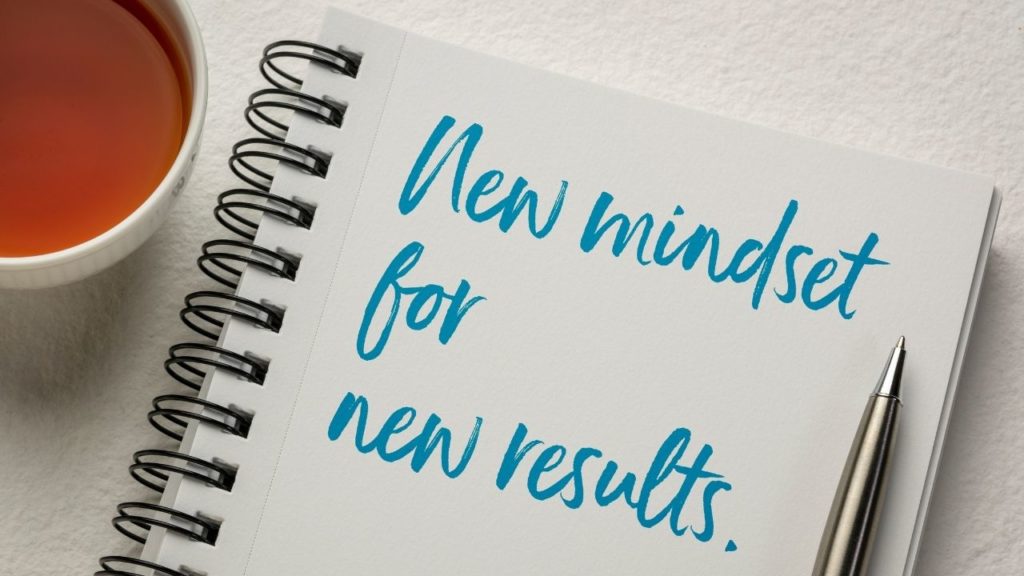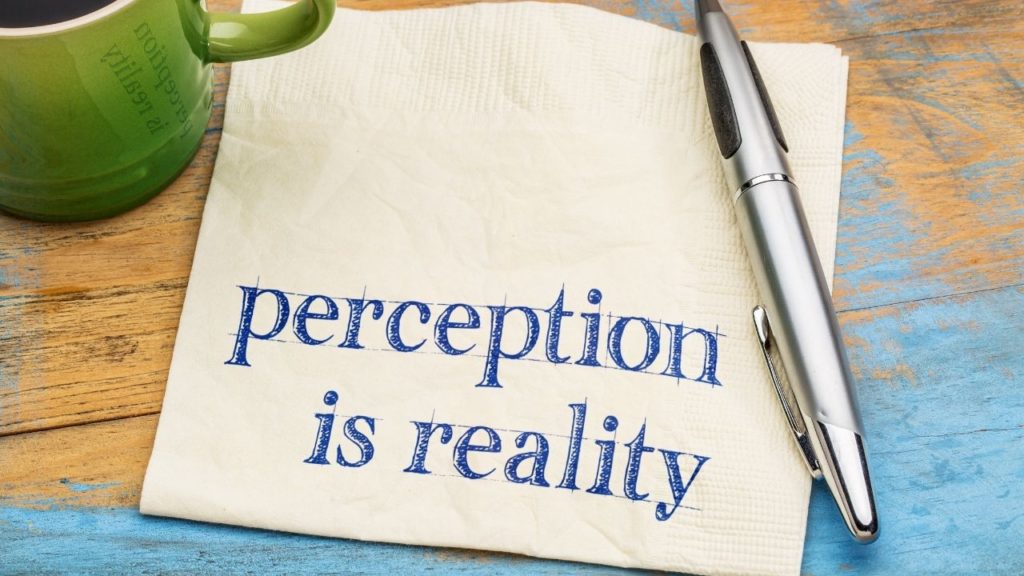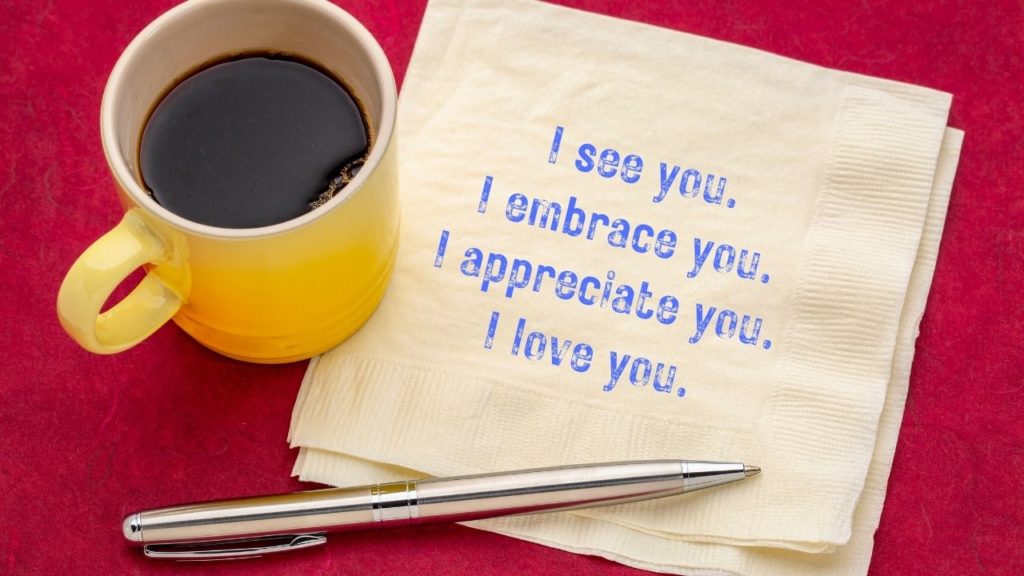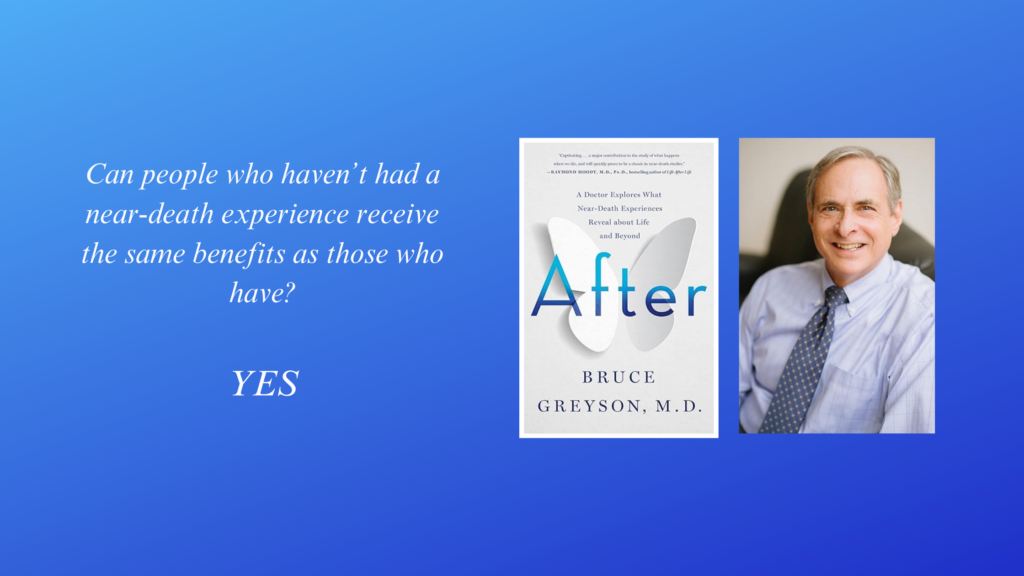A number of years ago, I received a powerful vision and message. I was staying with a friend at a cozy house in the forest in Santa Cruz. Here is the story of receiving my three rules for living my life during an unexpected nighttime visitation.

The visit from the wisdom being last night was an extraordinary visitation. The first part of it was the dreaming of the drums. As I lay with my ear on my pillow, the sound of Lakota drumming and singing grew into an overwhelming roar, at the same time, filling and surrounding the space inside my head.
I pulled with the only strength I could find to drag myself out of that dream space, trying to slap my hand on the floor to get my sleeping friend’s attention. I may have called out or what passes for calling out when you are in REM paralysis. When I woke from that portion of the visitation, I asked myself why the drums of the Native Americans of the plains? It’s not a heritage I feel connected to, it’s not a spiritual tradition that calls to me. My roots call my spiritual yearning to a different part of the planet. If I were to conjure my version of a spirit visit, it would have Celtic sound and flavor.
I had no answer for this. Certainly, the power of the Lakota drumming and singing has always been moving for me. I have listened with a sense of awe and appreciation whenever I’ve witnessed it. Still, it seemed like such unlikely dream terrain for me.
An Unexpected Visitor
After going to sleep again, I was visited by a Native American man, an elder, seemingly Lakota. No gray hair, but the energy he held felt rich with calm, peaceful wisdom. He was sitting in front of me. The walls of the house had faded away and we were surrounded by trees and a meadow. He wore blue jeans and a button-down long sleeve shirt, something like an ordinary red and blue plaid. His face was lined but not with excessive age. His eyes were dark, calm, alive, and alight with depth. He leaned forward with his elbows resting on his knees, hands lightly clasped in front of him. He asked me in a voice that I almost couldn’t hear, ‘Are you happy?’
I had to watch the shape of his lips as they formed the words to take in what it was he was saying. My reply was instantaneous. ‘No!’ Accompanied by a slightly dismissive and derisive laugh, as if to say, ‘Are you kidding? Who’d be happy with this life?!’
My conscious mind immediately thought, ‘how ungrateful you are to say that out loud to this being.’ I think I was afraid of receiving some kind of punishment for my ingratitude and disrespect.
He spoke to me, again. He said three things, three statements. Again, I couldn’t quite hear the words. I had to stare intently and study how his lips were moving in order to receive his message.
Then, he stood up and walked across the room toward a spot just beyond where my head had been on my pillow. As he moved through the space, his clothes changed becoming a white shirt and pants, light and flowing. I had to turn my head to see what came next. I swiveled around in time to see a bird rise up from where he stood. He had transformed into a bird of iridescent white with a reddish hue. It was the shape of a sparrow but slightly larger and longer. When the body and wings moved, a reddish ombré flowed in a wavelike motion over a whitish iridescent base. This bird then transformed into a fully white bird, something like an egret, and flew off to the north.
I looked back to see the man standing at the place from where the bird had emerged. He then resumed walking out under a vine and flowered-covered trellis, now singing with great power and strength.
I found myself, struggling to emerge from my dream state, singing with him.
The First Message
The next morning, I share my dream experiences with my friend and she tells me that she had heard me.
At first, when I tried to say the 3 statements, I could find no words. The space where they ought to have been felt empty and echoed a bit. Then, it came to me later that morning that the first message was, “Walk only in your own footsteps.“
This was a powerful, new awareness for me, this first message: Walk only in your own footsteps. It sounds so simple and obvious but for me, it felt like a thunderbolt.
At first, it seemed counterintuitive to me. The common idea that we place our feet in the footsteps of the person in front of us has been a strong influence in my life. It told me that if I followed in the footsteps of others, life would be easier, take less work, and be safer. It had always made sense to follow in the footsteps of others who’ve come before me so I could hide just enough. It resonated with the feeling that I had been impersonating the person others expected me to be.
Since that night, the idea that to be my authentic self means to walk only in my own footsteps has been a strong call. It feels like the opposite of how I had been walking in my life up until then. Walking only in my own footsteps points to the idea that I have a unique path, not necessarily predetermined, but kept open just for me.
If I don’t walk it no one else will.
The Second Message
About nine months later, I was sitting in a weekend training preparing to do an exercise with a partner. I didn’t think I’d get much from it because I didn’t see how it applied to my life. I didn’t need a “miracle question,” much less a miracle answer. I decided I’d just go through the motions and support my partner in her process as thoroughly as I could. When it was my turn, I remember just making something up. It wasn’t something I felt strongly about. It wasn’t something I felt I needed to heal or transform.
And yet, in the moment after I spoke out loud, I had a strange and disorienting experience. In the space of an instant, the room, the walls, the floor, the people all around, and the two chairs my partner and I were sitting in seemed to be tilting and moving.
It reminded me of an experience I’d had with an earthquake where the ground appeared to move as if it were liquid. I felt deeply startled and then surprised to see that no one was reacting. The room had literally moved and yet no one else seemed to have noticed, not even my partner sitting across from me. Then, words came into my consciousness, as if out of nowhere.
“Belong to yourself.”
I felt confused since they didn’t seem to be a response to the exercise we were doing nor to the situation I’d offered up for transformation. By now, the room had ceased its motion. My partner was looking at me for my next response.
I felt like a voice had spoken from so deep within me that I felt the words vibrate through my entire body, through every cell. It was only later when I was alone that I realized what had occurred. I’d been given the second of the three messages. So, I was to “walk only in my own footsteps” and “belong to myself.”
My presence in this training was evidence of me beginning to embody the first message. Next, I’d discover what it meant to experience belonging to myself, having sovereignty over my body, mind, heart, and soul.
The Third Message
The final installment came to me quietly and unobtrusively as I was taking my usual walk with my dogs at the beach. There was no warning, no catalyst to set it in motion. I simply looked up from my state of reverie and saw the words.
“Beam your light out into the world.”
You mean let my light shine? Like the song says? This little light of mine, I’m gonna let it shine?
NO.
BEAM.
It was crystal clear that this wasn’t about playing small or even letting just enough light shine that it wouldn’t draw the wrong attention. The message was to beam the way a lighthouse does. When a lighthouse beams to its fullest, all the ships in the area that desire its light see and appreciate it.
The lighthouse doesn’t try to be something other than what it is. It doesn’t pick itself up by its foundations and march off to the nearest city to shine there. It won’t be welcome. It won’t be appreciated. In fact, it will be met with a spectrum of negativity, criticism, and judgment.
BEAM.
Over time, I came to see that this third message is about embodying the truth of who I am, who I’m meant to be. No more. No less. It’s also about coming heart to heart with my fears about the dangers of shining brightly because I’d misinterpreted earlier woundings as having been caused by letting my light shine too brightly and attracting the wrong kind of attention.
Those stories had become tangled threads in my perception of myself and life. In an attempt to heal, I’d applied whatever bits and scraps my mental self could patch together as a way of explaining it all. Always in the hopes that it would help me avoid pain in the future.
And they all involved me behaving in ways that limited me, because I was the only one I had control over.
Epilogue
It’s been almost a decade since I experienced this visitation. The three messages have proven to be deeply rooted and true. Walking only in my own footsteps has taken me to new and completely unexpected places. Belonging to myself has been a source of restorative healing. And, beaming my light out into the world is the work of (what I imagine to be) my final three decades (give or take).
So, do you walk in your own footsteps?
Do you belong to yourself?
Are you beaming your light into the world?
There’s no one way for this to manifest in life. Your version will be unique to you. And it’s as simple as taking that first step and discover what, how, and who you’re meant to be.




